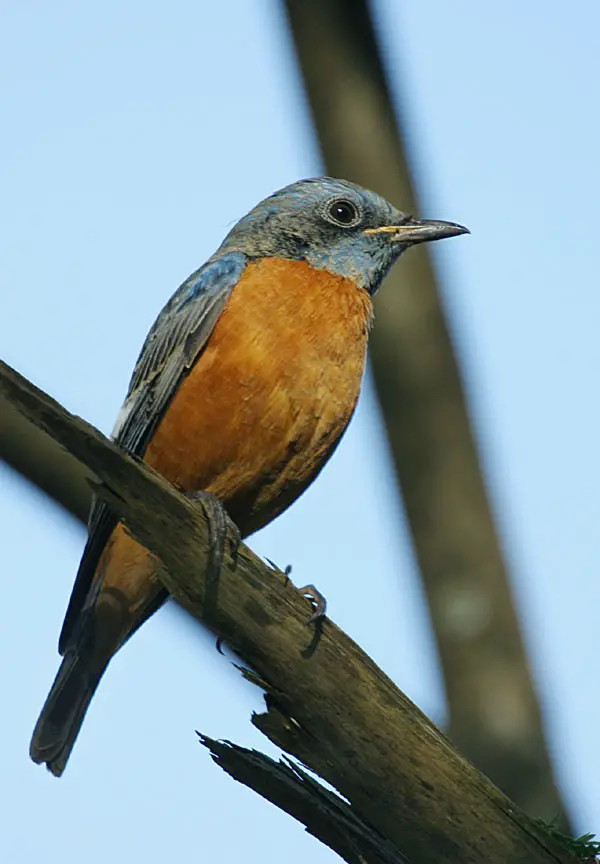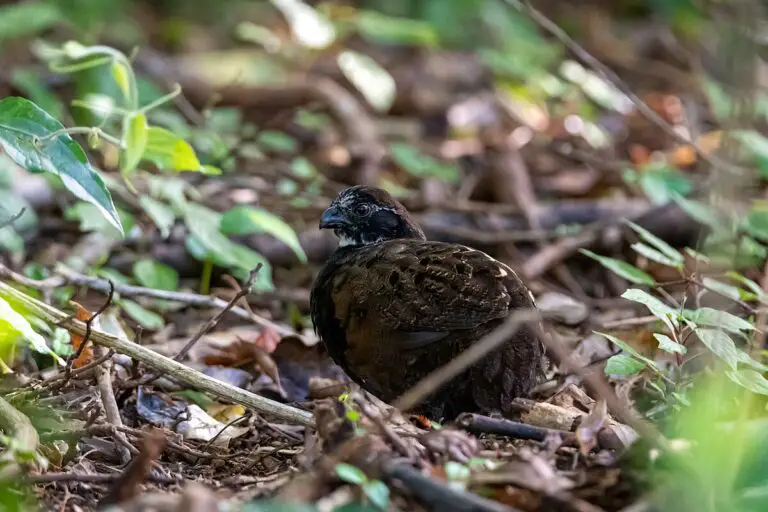Velvet scoter Birds
Scientific Classification
Domain: Eukaryota
Kingdom: Animalia
Phylum: Chordata
Class: Aves
Order: Anseriformes
Family: Anatidae
Genus: Melanitta
Subgenus: Melanitta
Species: M. fusca
Velvet scoter Overview
Additionally, it is a sea duck that is mostly found in the northern parts of Europe and Asia. It is known for its dark plumage, with males having a glossy black body and females having a slightly lighter brownish color. They have a distinctive white patch on their face and a bright yellow bill. It has excellent divers and feed on mollusks, crustaceans, and small fish found in the sea. They are known for their strong flying abilities and can travel long distances during their migrations. These ducks are typically found in coastal waters during the winter and breed in freshwater lakes and rivers during the summer. The Velvet scoter is considered a vulnerable species due to habitat loss and hunting pressures.
Velvet scoter Characteristics
The Velvet scoter is a large sea duck with a distinctive black plumage and a small white patch on its head. It has a thick neck and a long, pointed bill. The male bright yellow eye and a white stripe on its wing. This duck is commonly found in coastal waters and feeds on mollusks, crustaceans, and small fish. It is known for its diving abilities, staying underwater for long periods of time to search for food. The strong flyer and can be seen migrating long distances during the winter months.

Velvet scoter Habitat
The Velvet scoter is a large sea duck that is primarily found in northern Europe and Asia. They prefer to nest near freshwater lakes and rivers, where they feed on mollusks, crustaceans, and small fish. These ducks are known for their striking black plumage and bright yellow eyes. Unfortunately, habitat loss and pollution have led to a decline in their population numbers. Conservation efforts are being made to protect their breeding grounds and ensure their survival in the wild. It is important for us to continue to support these efforts to help preserve the Velvet scoter for future generations.
Velvet scoter Sounds
The sounds of the Velvet scoter are a mix of deep, guttural calls and soft whistles. The males have a distinctive call that is known as a “scaup” and can be heard echoing across the water. The females have a softer, more melodic call that is used to communicate with their young. These sounds are an important part of the Velvet scoter’s communication and social interactions within their flock. They add to the overall ambiance of the coastal habitats where these birds are commonly found. The sounds of the unique and fascinating aspect of their behavior.
Velvet scoter Diet
The Velvet scoter is a diving duck that primarily feeds on mollusks, crustaceans, and small fish. Their diet also includes aquatic plants and insects. They are known to dive to great depths in search of food, using their strong beaks to crush shells and catch prey. Velvet scoters have a high metabolism and require a diet rich in protein and fats to maintain their energy levels. They are opportunistic feeders and will consume a variety of food sources depending on availability. It is important for access to clean water with abundant food sources to ensure their survival.
Velvet scoter Predators
The Velvet scoter is a large sea duck that is a skilled predator in the water. It primarily feeds on mollusks, crustaceans, and small fish. Its strong beak helps it crush the shells of its prey. Also known to dive to great depths in search of food, staying underwater for several minutes at a time. Its dark plumage helps it blend in with the water, making it harder for predators to spot. However, the does have some natural predators, such as larger birds of prey and some mammals. Despite these threats, the Velvet scoter is a resilient species that has adapted well to its marine environment.

Velvet scoter Life span
The Velvet scoter, also known as the velvet duck, has a lifespan of around 10 to 15 years in the wild. These diving ducks are commonly found in coastal waters and breed in the northern regions of Europe and Asia. They primarily feed on mollusks, crustaceans, and small fish. The Velvet scoter is known for its distinctive black plumage and bright yellow eyes. Despite facing threats from habitat loss and pollution, conservation efforts are being made to protect and preserve their populations.
Velvet scoter Conservation Status
The Velvet scoter is a species of sea duck with a conservation status of Least Concern. Their population is stable and widespread across their range, which includes coastal areas of Europe and Asia. While they face threats from habitat loss and pollution, conservation efforts have helped to protect their populations. Monitoring and research are ongoing to ensure their continued survival, and measures are in place to protect their breeding grounds and wintering areas. Overall, not currently considered to be at risk of extinction.
Velvet scoter Population
The birds is a large sea duck with a striking black plumage and a distinctive white patch on its head. It is primarily found in the coastal waters of Europe and Asia, where it feeds on mollusks, crustaceans, and small fish. The population of declining in recent years due to habitat loss, pollution, and overfishing. Conservation efforts are underway to protect this species and ensure its survival for future generations. Let’s work together to protect and its habitat for a healthy marine ecosystem.
Velvet scoter Interesting Facts
The bird is a large sea duck native to northern Europe and Asia. They have striking black plumage with white patches on their face and wings. Are strong divers and can stay underwater for up to a minute while foraging for shellfish and crustaceans. They are known for their distinctive whistling call that can be heard from a distance. These ducks breed in the Arctic tundra and migrate south for the winter. Despite their large size agile flyers and can reach speeds of up to 60 miles per hour.
Conclusion
In conclusion, the velvet scoter is a fascinating sea duck with striking black plumage and a unique white patch on its face. Its habitat, diet, and behavior make it an interesting species to study and observe in the wild. Protecting their coastal breeding grounds and ensuring their food sources are abundant are crucial steps in ensuring the continued survival of this beautiful bird.




